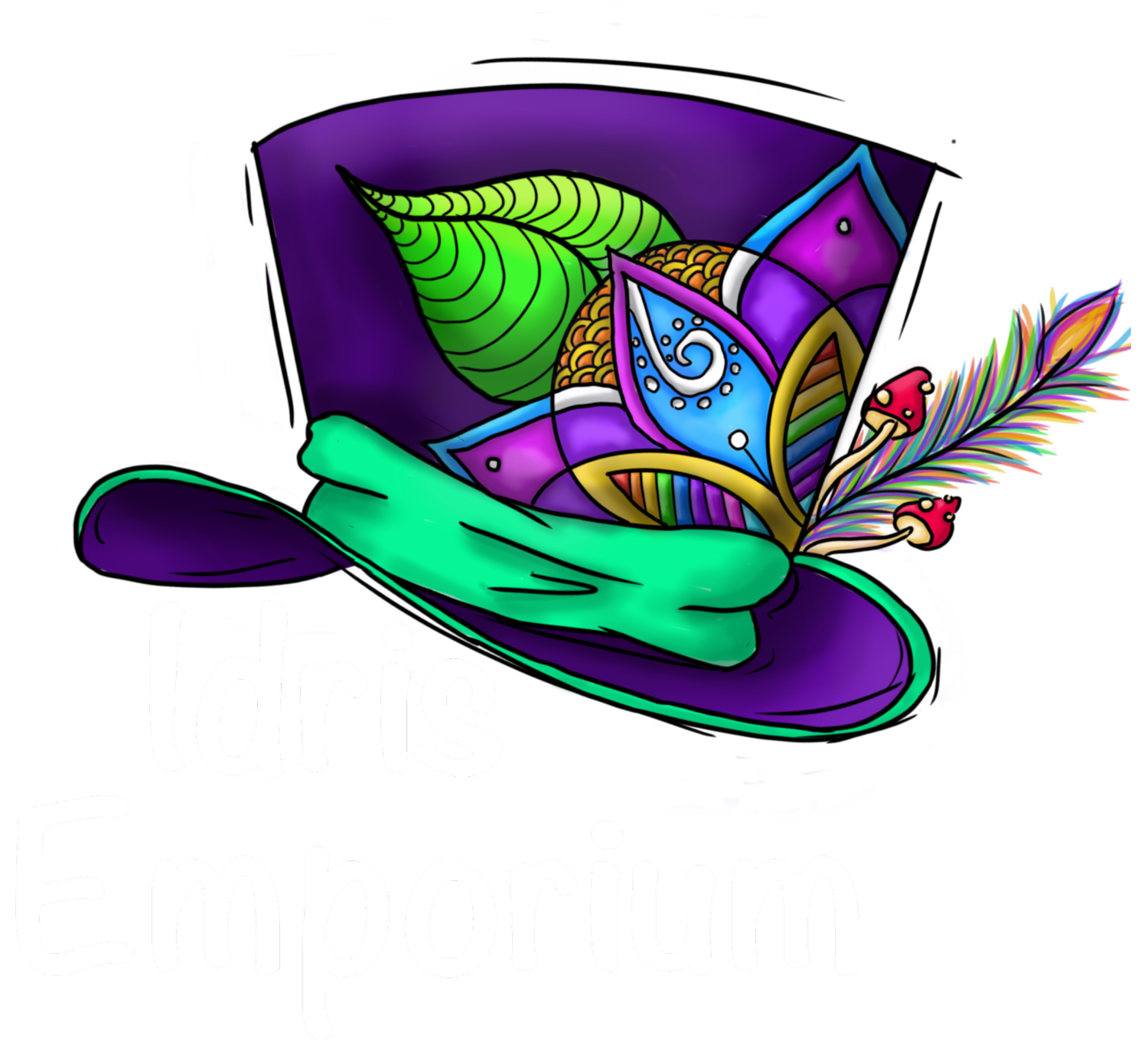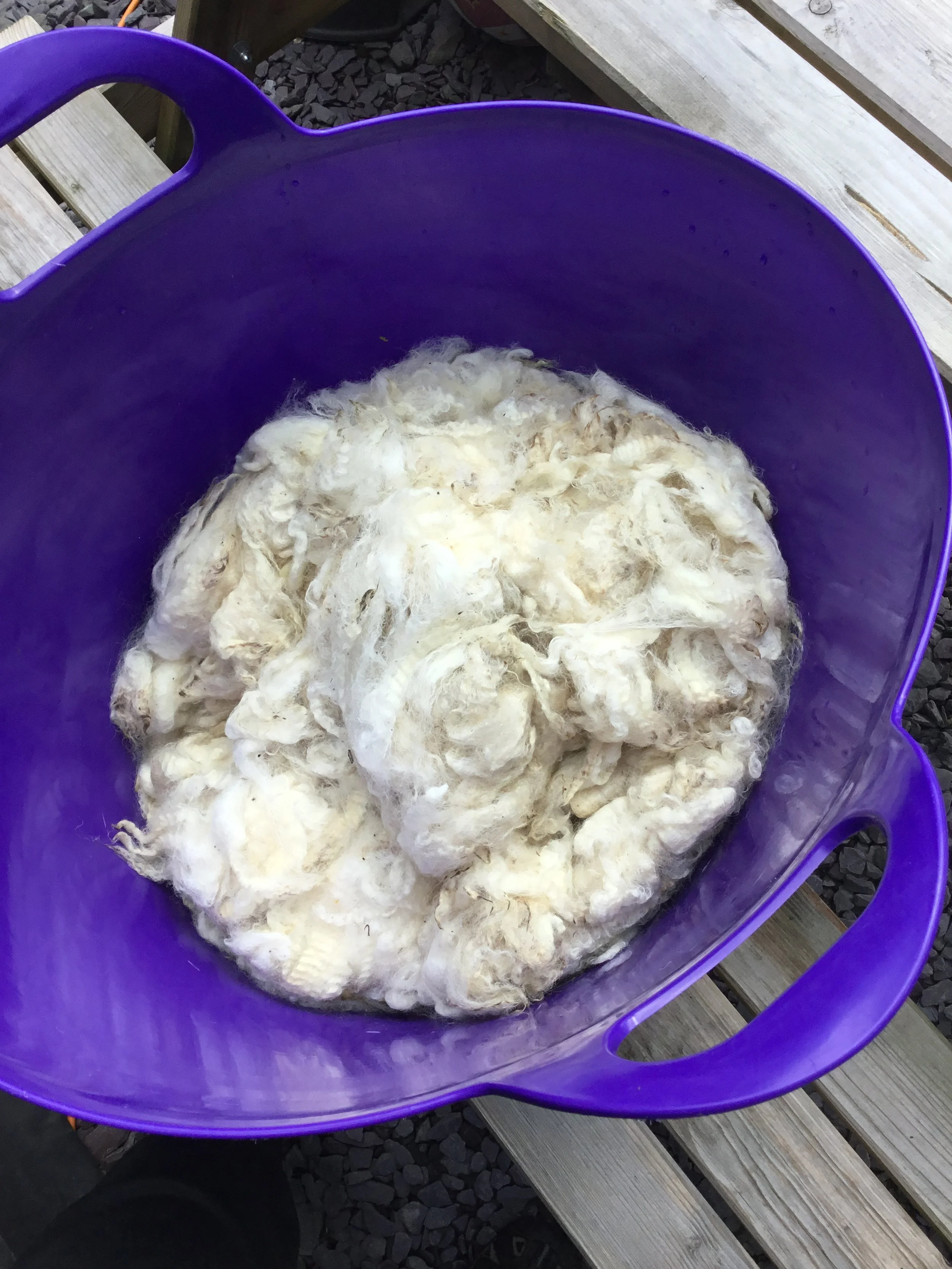Local wool, from local fleeces
Firstly I must admit something important, As some times people get a little confused. Not all Fibres that I use are from Wales and the border lands, and no I do not spin all the wools myself. the main range of wools I buy in from a Company within the UK, who specialise in wonderful wools that are sustainable and ethically sourced. where they care about the farmers and the sheep are there lively hood. this is because they sell a wide range of bases, weights, and sizes of wools, as well as being consistent in quality. Meaning that I can bring you the same quality of lovely wools time and time again, without worrying that something what is DK one week, ends up being super chunky next week. although I do know that colours change from time to time, but that just makes of a more interesting knit.
But what about using welsh wool, from welsh farmers ?
well the wait is soon almost over. It’s been a long time in the making, but like all good things in life, I hope it is worth the wait. You may have seen some of the teaser photos over my social media for awhile now. Over the last year I have been experimenting with washing, dying, carding and spinning wools. having fun turning dirty old fleeces into lovely hand dyed fibres.
finally after a year worth of experimenting, trial and error as well as many days of preparation, I finally able to bring you Idris emporiums “Carding candy” made from 100% natural wools, sourced from local farms in mid north Wales and the borderlands. for you to be Able to use and enjoy for spinning and felting.
why Carding Candy, well its cause when ever I look at loose wool fibres when I am dying, it always makes me thin of candy floss, so fluffy and sweet with all sorts of wonderful colours. although please do not try to eat it, i’m sure it docent taste as good as it looks, and none of the satisfying melt in your mouth feel.
Released Now.
a little bit more about the preparation process
after washing the wools, then will go back though all the wools, and make sure to try and get out all the rest of the bugs, and foreign objects within the wools.
before putting the wools into dying trays ready to dye up.
Unlike merino wools what absorbs dye quickly sheep wool takes longer for the dyes to be absorbed.
as the dyes disperse more in sheep wool, have to be careful not to turn the wools muddy coloured so focus on one colour and gradients of wools per tray rather then throwing all sorts of colours into a pan at one time and seeing what happens
cleaning and washing the wool: firstly yo need to roughly sort out the wool, and pull out any of the twigs, leaves debris within the wool. then you need to put it all within a bucket and wash the wool with hot soapy water to kill off any of the bugs, ticks and maggots within the wools. leave it to soak and occasionally stir gently though.
then to wash out the soap and rinse the wool though to get rid of the excess dirt and grime.
(Usually takes around 1 day.)
after dying the wool they need to be washed and dried (normally takes 2 Days to make sure they are fully dry)
once all the wools are dry, then it is time for the magical fun to begin. working though all the wools carding them and making them into lovely fluffy fibres and blending colours together to make magical wools be able to spin and felt with.





